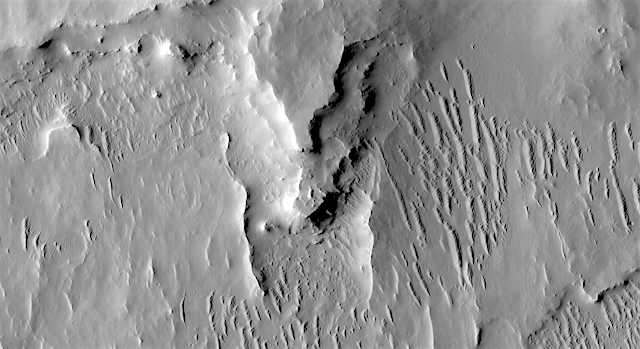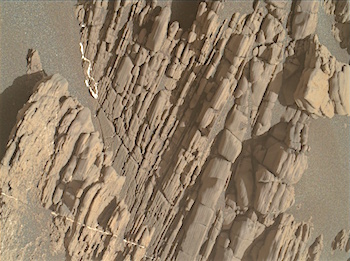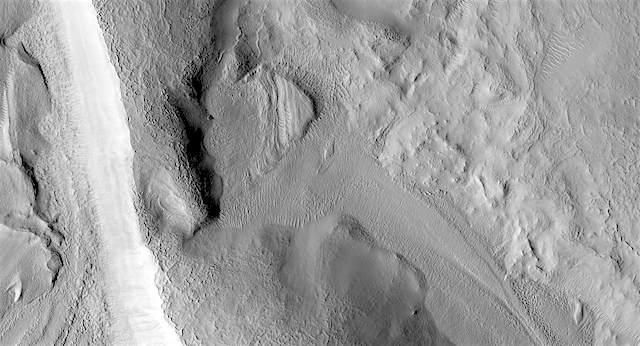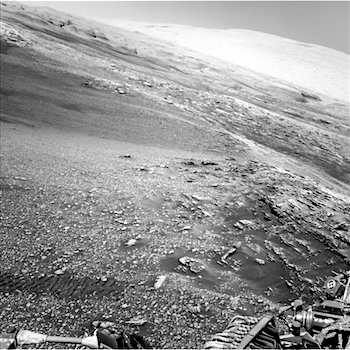The first round-trip to the Red Planet will see a European orbiter bringing martian samples back to Earth. ESA is opening the door to industry to build the spacecraft that will deliver the precious rocks, dust and gas from Mars – the key to understanding whether life ever existed on our closest planetary neighbour.
This ‘take-away’ service is called the Earth Return Orbiter, and will be ESA’s major contribution to the Mars Sample Return campaign. The ESA Orbiter will carry NASA’s Capture and Containment and Return System, which will rely on the ESA-led spacecraft for transit to and from Mars.
Three launches from Earth and one from Mars – the first ever from another planet –, two rovers and an autonomous capture in Mars orbit are all part of an ambitious series of missions that ESA is embarking on together with NASA.
he campaign aims to bring at least 500 grams of samples back from the Jezero crater that once held a lake and contains an ancient preserved river delta. The rocks in the area preserve information about Mars’ diverse geology.
NASA’s Mars 2020 rover that is slated for launch in July 2020 will scientifically select the best samples to store in tubes and deposit them onto the martian surface for later retrieval.
ESA is also studying concepts for a small ‘fetch’ rover to scurry quickly across the martian surface to locate and recover the stored samples. It would then carry them back to a football-sized canister that would be launched with a NASA Mars Ascent System – a small rocket.
The Earth Return Orbiter will capture the canister in orbit and transfer it safely to Earth, a return trip that will take about 13 months… [More at link]
















